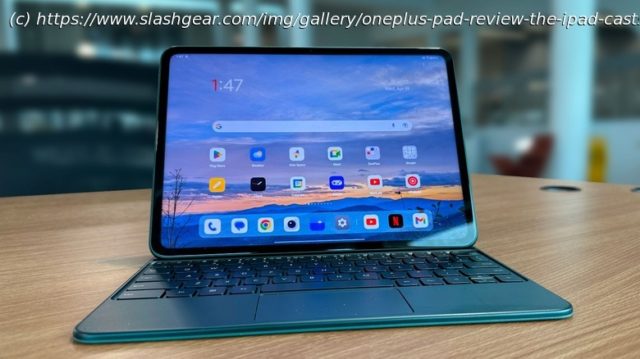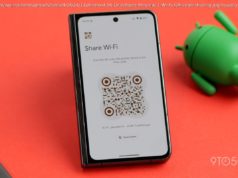This latest iPad contender (that also isn’t Samsung) is the OnePlus Pad, a new Android tablet that might well be punching above its weight.
Android tablets are in a weird place. They have a reputation for being … put politely … not very good. A lot of that has to do with the user interface, the apps, and generally having a reputation as a “blown up smartphone” with little optimization. Truth be told, the thing that tablets are most useful for is content consumption — they are essentially Netflix boxes. Maybe they don’t start out that way, but that’s usually where they end up.
The year 2020 changed some of that, with the pandemic forcing people to work from their homes and find new utility in their computing devices. For some, that led to Chromebooks, but others found their way to tablets, and not necessarily iPads. Samsung, in particular, has led an aggressive charge into the “productivity tablet” space with its Tab series of tablets, most recently, 2022’s Tab S8 series.
Now, a competitor to Samsung is making noise by going back to its roots and building a compelling “flagship killer” that can take on Samsung its own game. Whether or not a tablet can adequately take up the slack in your workflow (no pun intended) is still in question, but now you have one more solid option in that space, brought to you by OnePlus. I’ve been using a loaner OnePlus Pad for three weeks, and this is my full review.Gorgeous design and build
The first thing you’ll notice with the OnePlus Pad is the tablet itself which is well-built and beautiful. The tablet is only available in what it calls Halo Green which is a striking color, and on the back, you get a half-circle swirling pattern emanating out from the large camera bump placed in the top center of the device.
On the front you have an 11.61-inch screen with an unusual, but quite nice 7:5 aspect ratio. As a result, the screen is almost as tall as it is wide when held in landscape and gives you a large and tall canvas to work on. The aluminum body blends beautifully into the glass on the front for an uninterrupted feel.
When held in landscape orientation, the power button is on the top left side of the tablet and the volume rocker is on the top, also on the left side. The volume rocker does not take orientation into account when raising or lowering the volume, meaning if you’re holding the tablet upside down, the same button still lowers the volume (even though you’re pressing “up”). There are two stereo speaker slits on both sides. The speakers themselves are fine, but like a lot of devices with integrated speakers, you lose out on the low end that will make an engine rumble in a car chase, or dubstep music really stand out.The internals and performance
The tablet is powered by a MediaTek Dimensity 9000 SoC and comes with 8 GB of RAM and 128GB of internal storage that supports UFS 3.1. All that depends on the device’s 9510 mAh battery. Overall, the tablet feels pretty fast when swiping between apps and launching games.
The Dimensity 9000 processor is last year’s flagship processor for Mediatek and it performs just ok, scoring 865/3,161 for single and multi-core tests on Geekbench. When gaming, this tablet suffers quite a bit of stutter and lag in games like “Genshin Impact,” even with settings set to Medium.
As tablets go, that’s not great, but other games like “Call of Duty: Mobile” and “Asphalt 9” play well, and in the case of the former, the extra screen real estate is a welcome addition. Another area where the tablet performs well is making videos on Capcut for TikTok. Of course, the tablet is also well suited for writing, watching videos, and web surfing, none of which are too processor intensive, so there’s no surprise there.Display and content consumption
The tablet’s 11.61-inch display is an LCD panel capable of a 144 Hz refresh rate for white-listed apps such as Netflix and Disney+, and maxing out at 120 Hz for all others.






